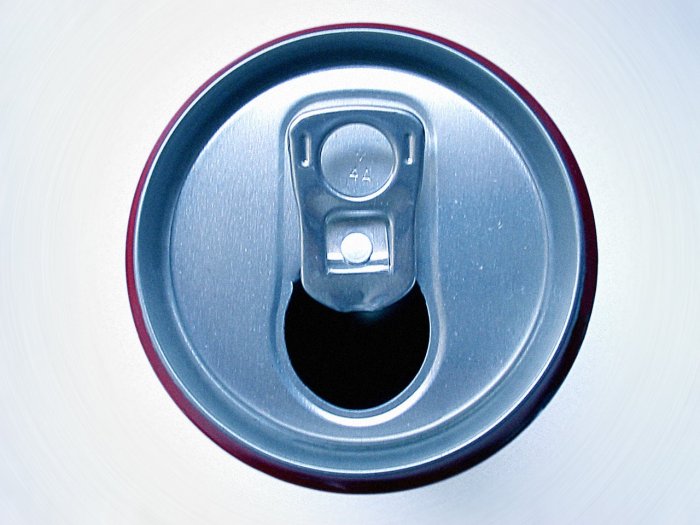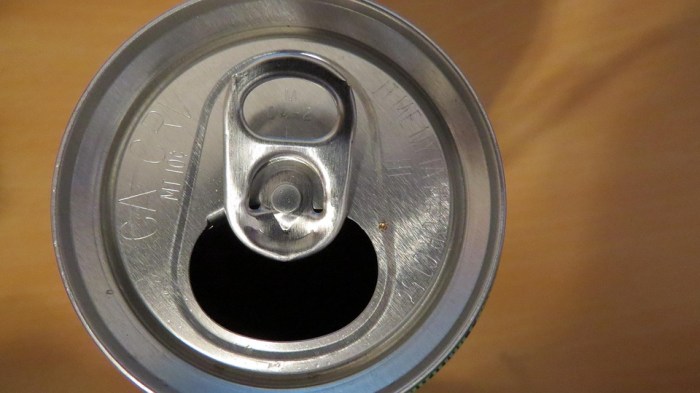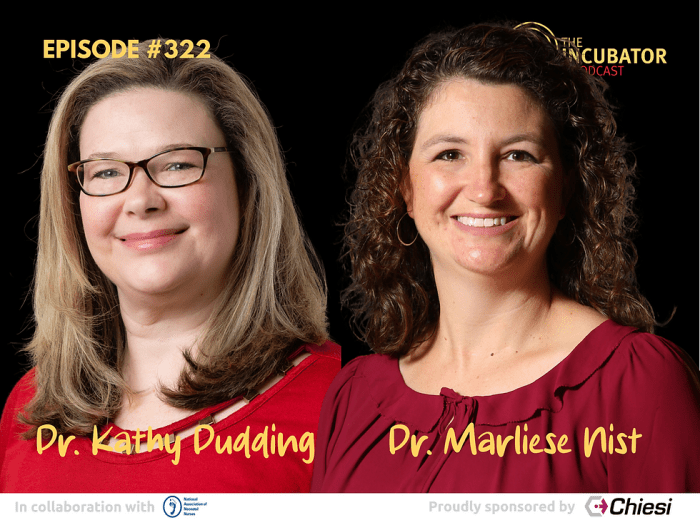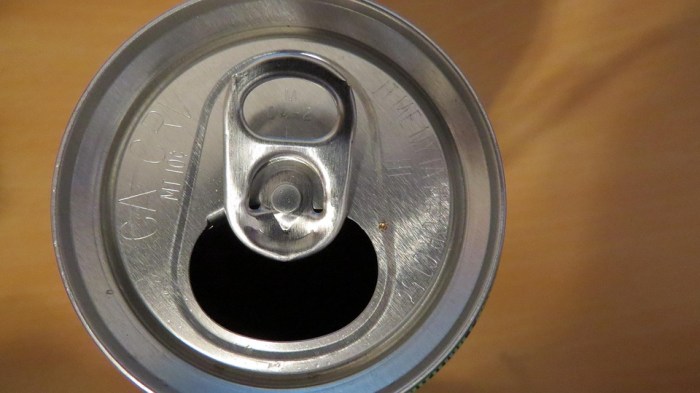Can receding gums grow back? This question sets the stage for a fascinating exploration into the world of gum health. We’ll delve into the causes, treatments, and long-term management strategies for receding gums, providing insights into the potential for regrowth and overall gum health.
Understanding the factors that contribute to gum recession, from genetics to oral hygiene, is crucial. This guide will explore the science behind gum health, covering various treatment options, including medical interventions and natural remedies. We’ll also discuss the importance of prevention and long-term maintenance for optimal gum health.
Understanding Gum Recession
Gum recession, a common dental issue, involves the gradual exposure of the tooth root. This exposure can be uncomfortable and lead to potential complications if left untreated. Understanding the causes, types, and symptoms of gum recession is crucial for proactive oral health.
The Process of Gum Recession
Gum recession occurs when the gums pull back from the teeth, revealing more of the tooth root. This process can be gradual, often happening over time without noticeable symptoms in the early stages. Factors like plaque buildup, genetics, and certain habits contribute to the breakdown of the supporting structures of the gums, leading to the recession. The exposed tooth roots are more susceptible to sensitivity and decay.
Types of Gum Recession
Gum recession can manifest in various forms, each with its own characteristics and potential treatment needs. Chronic gum recession is a slow, progressive condition, often associated with long-term inflammation and plaque buildup. Aggressive gum recession, conversely, is a more rapid and severe form of gum disease that can lead to rapid loss of gum tissue and bone.
Causes of Gum Recession, Can receding gums grow back
Several factors can contribute to gum recession. Genetics play a significant role, predisposing some individuals to gum disease more readily than others. Poor oral hygiene, such as inadequate brushing and flossing, allows plaque to accumulate, irritating the gums and causing inflammation. Aggressive brushing techniques, using hard-bristled toothbrushes, can also contribute to gum recession. Certain medical conditions, medications, and habits like smoking can also impact gum health.
Gum disease (gingivitis and periodontitis) is a significant factor, where bacteria cause inflammation and breakdown of the gums and supporting structures.
Symptoms of Receding Gums
Identifying the symptoms of receding gums is essential for early intervention. A noticeable change in the gum line, exposing more of the tooth root than previously, is a clear sign. Sensitivity to hot or cold foods and drinks is another common symptom. Bleeding gums during brushing or flossing can also indicate underlying issues. Pain or discomfort in the affected area may also be present, but isn’t always a primary symptom.
In some cases, receding gums can result in a change in the appearance of the smile, making it look longer or uneven.
So, can receding gums grow back? The short answer is often no, unfortunately. While some mild gum recession might respond to treatment, significant loss is usually permanent. However, understanding the underlying causes of gum recession is key. This often ties into overall health, and it’s worth looking into conditions like ulcerative colitis, a potentially serious inflammatory bowel disease, which can impact oral health.
For more details on whether ulcerative colitis is an autoimmune disease, check out this helpful resource: is ulcerative colitis an autoimmune disease. Ultimately, if you’re concerned about receding gums, a visit to your dentist is essential for a proper diagnosis and treatment plan.
Risk Factors for Gum Recession
Various factors increase the risk of developing gum recession. A family history of gum disease is a significant risk factor, as is smoking, which impairs blood flow to the gums and compromises their ability to heal. Certain medications, such as those for high blood pressure or arthritis, can have side effects that increase the risk of gum recession.
Poor oral hygiene, including inadequate brushing and flossing, and aggressive brushing habits are also major contributors.
Gum Recession: A Summary Table
| Type of Recession | Causes | Symptoms | Risk Factors |
|---|---|---|---|
| Chronic | Poor oral hygiene, genetics, long-term inflammation | Gradual gum line change, tooth sensitivity, mild bleeding | Family history of gum disease, inadequate brushing and flossing |
| Aggressive | Severe gum disease, rapid inflammation, immune deficiencies | Rapid gum line change, significant bleeding, pain, tooth mobility | Smoking, underlying medical conditions, compromised immune system |
Factors Affecting Gum Regrowth
Understanding the factors that influence gum regrowth is crucial for effective treatment strategies. While complete gum regrowth is not always possible, certain factors can significantly impact the potential for improvement and the success of various treatments. This section delves into the key elements affecting gum regrowth, ranging from genetics and oral hygiene to specific treatment modalities.The process of gum regrowth is complex, involving a delicate interplay of biological factors.
Success depends not only on the chosen treatment but also on individual patient characteristics and adherence to recommended protocols. Therefore, a comprehensive understanding of these influencing factors is vital for personalized treatment plans.
Genetics and Gum Recession
Genetic predisposition plays a significant role in gum recession. Individuals with a family history of gum disease are more susceptible to developing recession. This predisposition is often associated with factors such as the structure of the supporting bone and soft tissues, impacting the gums’ ability to resist recession. Hereditary factors influence the susceptibility to periodontal disease, which in turn affects the likelihood of gum recession.
Oral Hygiene Practices
Maintaining meticulous oral hygiene is paramount in preventing gum recession and supporting gum regrowth. Regular brushing and flossing remove plaque and tartar buildup, which are major contributors to gum inflammation and recession. Effective plaque control minimizes the inflammatory environment that accelerates gum recession. Furthermore, a professional dental cleaning every six months helps remove hard-to-reach plaque and tartar, contributing to healthier gums and potentially promoting regrowth.
While receding gums might not magically grow back on their own, focusing on oral hygiene and a healthy lifestyle can make a big difference. Interestingly, some people find that incorporating an “ice hack for weight loss” ice hack for weight loss into their routine can indirectly support overall health, which could potentially benefit gum health. Ultimately, consulting a dentist is crucial for determining the best course of action for receding gums.
Treatment Effectiveness in Promoting Gum Regrowth
Various treatments aim to promote gum regrowth, but their effectiveness varies depending on the severity of the recession and individual patient factors. Factors like the depth of the recession, the presence of underlying bone loss, and the patient’s overall health contribute to the success of treatment.
- Non-Surgical Treatments: These methods, often the first line of defense, focus on improving oral hygiene and controlling inflammation. Examples include scaling and root planing, antimicrobial mouthwashes, and certain types of periodontal dressings. While effective in managing mild to moderate recession, these approaches may not be sufficient for significant recession or cases involving bone loss.
- Surgical Treatments: For more advanced cases, surgical interventions may be necessary. These procedures aim to improve the support for the gums and encourage new tissue growth. Techniques like guided tissue regeneration, flap surgery, and grafts are often used. Surgical interventions can be effective in addressing deep pockets and significant bone loss, but they require careful consideration of the patient’s individual needs and potential risks.
Comparing Treatment Options
The effectiveness of different treatment options varies based on several factors, and there is no one-size-fits-all approach. Careful evaluation by a dental professional is essential to determine the most suitable course of action for each patient.
| Treatment | Effectiveness | Considerations |
|---|---|---|
| Scaling and Root Planing | Generally effective for mild to moderate cases, improving gum health and potentially promoting some regrowth | May not be sufficient for significant recession or bone loss. |
| Guided Tissue Regeneration | Potentially effective for cases involving bone loss and deeper pockets, promoting tissue growth | More invasive procedure, requiring careful planning and post-operative care. |
| Flap Surgery | Can be effective for addressing deep pockets and improving gum support. | Requires more extensive procedures and recovery time. |
| Gingival Grafts | Can be effective for addressing significant gum recession, providing additional tissue support | Involves tissue harvesting and grafting, potentially increasing surgical complexity. |
Medical Interventions for Gum Regrowth
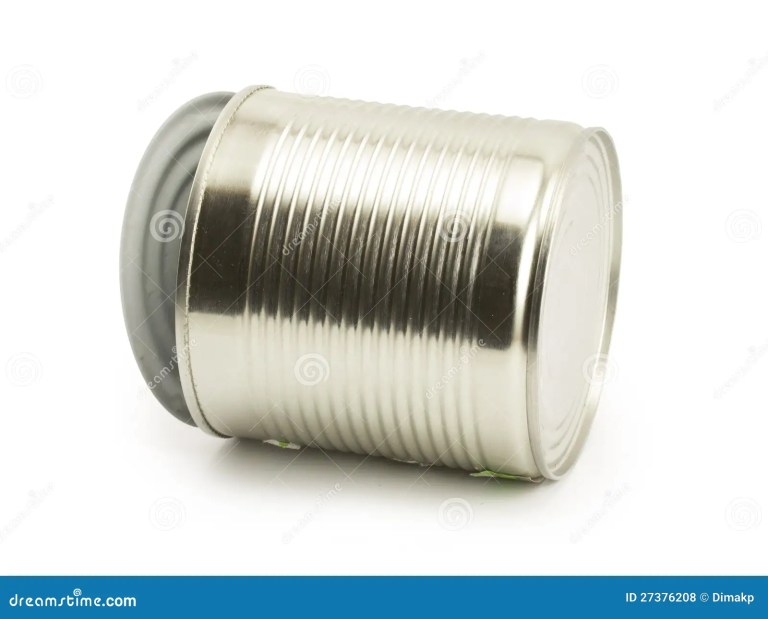
Receding gums can significantly impact oral health and aesthetics. Fortunately, various medical interventions are available to stimulate gum regrowth and address the underlying causes. These procedures aim to restore gum tissue, improve the appearance of the smile, and prevent further tooth loss. Understanding the different techniques and their potential outcomes is crucial for making informed decisions about treatment.Gum grafting is a common approach to address receding gums.
It involves transferring tissue from a donor site to the area where the gums have receded. Different techniques are employed, each with its own set of advantages and disadvantages. The choice of technique depends on factors such as the extent of recession, the patient’s overall health, and the dentist’s expertise.
Common Gum Grafting Techniques
Various techniques are employed in gum grafting procedures, each with its own unique approach to address gum recession. These techniques aim to restore the gum line, enhance the aesthetics of the smile, and protect the roots of teeth from further damage.
- Connective Tissue Grafting: This technique involves harvesting healthy connective tissue from the palate (roof of the mouth) and placing it over the exposed tooth root. The connective tissue promotes the growth of new gum tissue. This is a common and often effective method for addressing moderate to severe recession. The healing process usually takes several weeks, and the recovery time can vary from patient to patient.
- Free Gingival Grafting: In this method, a section of healthy gum tissue is taken from another part of the mouth (usually the palate or the inside of the lip) and directly grafted to the affected area. This technique is particularly useful for covering exposed tooth roots and improving the overall appearance of the gum line. Post-operative care is critical to ensure proper healing and minimize discomfort.
- Pedicle Grafting: This procedure involves taking a flap of gum tissue that’s attached to the underlying tissue, and moving it to the receded area. This technique maintains the blood supply to the graft, potentially leading to faster healing and reduced recovery time compared to other methods. However, it might not be suitable for extensive gum recession.
Recovery Process After Gum Grafting
The recovery process following gum grafting procedures is crucial for optimal healing and successful results. Patients need to adhere to post-operative instructions diligently. This period requires careful attention to oral hygiene and avoiding activities that could disrupt the healing process.
- Immediate Post-Operative Care: This phase involves following the dentist’s instructions precisely. These include avoiding vigorous brushing, rinsing, or using mouthwash for the first few days. Pain medication and ice packs may be necessary to manage discomfort. Maintaining a soft diet and avoiding strenuous activities is essential for the initial healing process.
- Healing Period: The healing period following gum grafting typically lasts several weeks. During this time, the grafted tissue integrates with the surrounding tissues, and the gums will gradually regain their shape and firmness. Regular follow-up appointments with the dentist are essential to monitor the healing process and address any complications.
- Long-Term Care: Maintaining good oral hygiene practices, including regular brushing and flossing, is crucial for long-term success. Continuing regular dental checkups and cleanings are vital for monitoring the grafted tissue and preventing future gum recession.
Summary of Gum Grafting Procedures
The following table summarizes the different types of gum grafts, procedures, and recovery times:
| Type of Graft | Procedure | Recovery Time (Approximate) |
|---|---|---|
| Connective Tissue Graft | Harvesting healthy connective tissue from the palate and placing it over the exposed tooth root. | 4-6 weeks |
| Free Gingival Graft | Taking a section of healthy gum tissue from another part of the mouth and directly grafting it to the affected area. | 4-8 weeks |
| Pedicle Graft | Moving a flap of gum tissue attached to underlying tissue to the receded area. | 3-5 weeks |
Natural Remedies and Home Care: Can Receding Gums Grow Back
While professional medical interventions are crucial for significant gum regrowth, incorporating natural remedies and diligent oral hygiene practices can support the healing process and prevent further recession. These complementary approaches can contribute to a healthier oral environment and potentially slow down the progression of gum disease. Consistency is key in achieving lasting results.Effective gum care involves a multi-pronged approach that includes not only the use of natural remedies but also meticulous oral hygiene habits.
Understanding how to maintain a healthy oral environment is just as important as using natural remedies. By combining both strategies, individuals can significantly enhance their gum health and potentially promote regrowth.
Oral Hygiene Practices for Preventing Further Recession
Maintaining optimal oral hygiene is fundamental in preventing further gum recession. Regular brushing and flossing are essential to remove plaque and food particles, preventing bacterial buildup that can lead to inflammation and gum disease. Brushing should be done gently, using a soft-bristled toothbrush and fluoride toothpaste, for two minutes, twice a day. Flossing should be done daily to remove plaque from between teeth, where a toothbrush can’t reach.
This meticulous attention to detail helps to keep gums healthy and prevents the progression of recession.
While receding gums might not magically regrow on their own, there are ways to manage and potentially reverse the issue. It’s crucial to understand the potential interactions of supplements like magnesium carbonate with ADHD medications, as these interactions can be complex. For instance, learning about magnesium carbonate reaction with adhd medication could be a factor in overall gum health, highlighting the importance of a holistic approach to managing oral health.
Ultimately, consulting a dentist or periodontist is key to finding the right solutions for your specific situation, whether it’s gum health or medication management.
Foods and Drinks for Gum Health
A balanced diet rich in nutrients supports overall health, including gum health. Consuming foods rich in vitamin C, vitamin K, and antioxidants can contribute to gum tissue health. These nutrients play a crucial role in collagen production, which is essential for healthy gums. Fruits like berries and citrus fruits, vegetables like spinach and broccoli, and leafy greens are excellent sources of these beneficial nutrients.
Avoiding sugary drinks and foods is crucial, as they can contribute to bacterial growth and gum inflammation. Water is the best choice for hydration.
Home Remedies for Gum Health
Various natural remedies can potentially support gum health and possibly promote regrowth, though it’s crucial to remember they are not a substitute for professional medical care. Consult with a dentist or periodontist before trying any new remedies, especially if you have underlying health conditions.
| Remedy | Method of Use | Potential Benefits |
|---|---|---|
| Aloe Vera Gel | Apply a small amount of fresh aloe vera gel directly to the affected gum area. | May help reduce inflammation and promote healing. Contains anti-inflammatory and antioxidant properties. |
| Saltwater Rinse | Mix 1/2 teaspoon of salt in a glass of warm water and rinse your mouth for 30 seconds, several times a day. | Can help reduce inflammation and kill bacteria. Salt has antimicrobial properties. |
| Coconut Oil Pulling | Swirl 1-2 tablespoons of coconut oil in your mouth for 15-20 minutes. Spit it out, do not swallow. | Some studies suggest it may help reduce bacteria, but more research is needed. |
| Herbal Teas (e.g., chamomile, peppermint) | Use herbal teas as mouth rinses. | May help reduce inflammation and soothe sore gums. Chamomile and peppermint have calming properties. |
Long-Term Management of Receding Gums
Maintaining healthy gums isn’t a one-time fix; it’s a continuous effort. Just like any other aspect of your well-being, long-term gum health management involves proactive strategies to prevent further recession and ensure overall oral health. This proactive approach encompasses a range of practices, from meticulous oral hygiene to addressing underlying conditions.Long-term management of receding gums is crucial for preventing the progression of the condition and preserving the health of your teeth and gums.
Ignoring the issue can lead to more serious problems, including tooth loss, bone loss, and increased risk of other health issues. A consistent, proactive approach is key to preventing further damage and maintaining a healthy smile for years to come.
Importance of Consistent Oral Hygiene Practices
Consistent oral hygiene practices are the cornerstone of long-term gum health. Proper brushing and flossing techniques, along with regular professional cleanings, help remove plaque and tartar buildup that contribute to gum inflammation and recession. Ignoring these practices allows bacteria to thrive, leading to further gum damage.
- Brushing Technique: Employing the correct brushing technique is essential. Use a soft-bristled toothbrush and gentle, circular motions. Focus on brushing all surfaces of each tooth, including the gum line, to remove plaque effectively. Brushing for at least two minutes twice daily is recommended. This consistent practice will help to remove food particles and bacteria that could contribute to the development of gum disease.
- Flossing Regularly: Flossing is equally crucial. It removes plaque and food particles from between teeth where brushing alone cannot reach. Proper flossing technique involves gently sliding the floss between teeth and curving it around each tooth to remove any debris. Flossing once daily is highly recommended to maintain healthy gum tissue and prevent the buildup of bacteria that cause recession.
- Choosing the Right Oral Hygiene Products: Select a toothbrush and toothpaste that are suitable for your needs. Look for a soft-bristled toothbrush and toothpaste that contain fluoride. Fluoride helps strengthen tooth enamel and prevent cavities, further supporting gum health.
Preventing Further Gum Recession
Proactive steps to prevent further gum recession are essential. Regular dental check-ups and cleanings are crucial, and identifying and addressing underlying medical conditions are also important. These preventive measures are vital for long-term oral health.
- Avoiding Tobacco Use: Smoking and chewing tobacco significantly increase the risk of gum recession. Quitting tobacco use is crucial for improving gum health and overall well-being.
- Maintaining a Healthy Diet: A balanced diet rich in fruits, vegetables, and whole grains, coupled with a limited intake of sugary and processed foods, supports gum health. A diet rich in nutrients provides essential vitamins and minerals that help maintain healthy gum tissue.
- Managing Stress Levels: Stress can negatively impact oral health, including gum health. Practicing stress-reducing techniques, such as meditation or yoga, can help maintain overall well-being, which can indirectly improve gum health.
Regular Dental Check-ups and Cleanings
Regular dental check-ups and professional cleanings are vital for maintaining gum health. These appointments allow dentists to detect early signs of gum recession and implement appropriate interventions.Regular check-ups are essential to detect gum recession in its early stages. Early detection allows for prompt treatment and prevention of further damage.
Addressing Underlying Conditions
Identifying and managing underlying medical conditions that contribute to gum recession is crucial for long-term gum health. Conditions such as diabetes, hormonal changes, and certain medications can increase the risk of gum disease.
- Diabetes Management: Patients with diabetes are at increased risk for gum disease. Effective management of blood sugar levels through diet, exercise, and medication is vital for controlling gum disease and maintaining overall health.
- Hormonal Changes: Hormonal fluctuations, such as during pregnancy or menopause, can affect gum health. Consult your dentist or physician for guidance on maintaining gum health during these periods.
- Medication Side Effects: Certain medications can cause dry mouth, which can increase the risk of gum disease. Talk to your doctor or dentist about any medications that might be affecting your oral health.
Creating a Personal Gum Health Maintenance Plan
Developing a personal gum health maintenance plan is crucial for long-term success. This plan should incorporate all the elements discussed above.
- Establish a Regular Oral Hygiene Routine: Establish a consistent brushing and flossing schedule, and use the right oral hygiene products for your needs. Consistency is key to preventing plaque buildup and maintaining gum health.
- Schedule Regular Dental Check-ups: Schedule regular dental check-ups and cleanings to monitor gum health and address any issues early. Early intervention can prevent further gum recession.
- Address Underlying Conditions: Identify and manage any underlying medical conditions that may contribute to gum recession. Effective management of these conditions will significantly impact your overall health and gum health.
Illustrative Examples of Gum Recession and Regrowth
Understanding gum recession and its potential for regrowth requires looking at real-world scenarios. This section explores various cases, demonstrating the impact of different treatment approaches and highlighting the variability in outcomes. Visual representations of stages and case studies further illustrate the complexities and potential for success.
Different Scenarios of Gum Recession
Gum recession can manifest in several ways, affecting different areas of the mouth and presenting varying degrees of severity. Some common scenarios include:
- Aggressive Plaque and Tartar Buildup: Recession in this case is often gradual, beginning with inflammation and progressing to tissue loss as bacteria and tartar erode the supporting structures. The gums may appear red, swollen, and bleed easily. The teeth may become more exposed, increasing the risk of sensitivity.
- Periodontal Disease: Advanced periodontal disease, a serious infection of the gums and supporting structures, leads to significant gum recession. Bone loss accompanies the tissue recession, potentially requiring complex surgical interventions for both tissue and bone regeneration.
- Trauma and Bruxism: Chronic habits like clenching or grinding teeth (bruxism) can exert excessive pressure on the gums, leading to recession over time. This is especially true if the teeth are misaligned or if the person uses a poorly fitting mouthguard. Recession may be localized, affecting specific areas of the mouth where the pressure is highest.
- Hormonal Changes: Hormonal fluctuations, particularly during puberty or pregnancy, can influence gum health. Changes in blood flow and hormonal levels can contribute to inflammation and subsequent gum recession in some individuals. The recession may be more prevalent in areas of the mouth that are more prone to inflammation.
Impact of Treatment Options on Regrowth
Various treatment approaches address gum recession, with varying degrees of success.
- Scaling and Root Planing: This non-surgical procedure effectively removes plaque and tartar buildup, reducing inflammation and promoting gum health. Success in halting further recession is more likely when combined with good oral hygiene practices. While it doesn’t always reverse significant recession, it prevents worsening of the condition.
- Antibiotics: In cases of infection, antibiotics may be prescribed to target the bacteria causing the issue. Their effectiveness is dependent on the specific type of infection and the patient’s response. While they can help control the infection, they don’t always restore lost tissue.
- Surgical Interventions (e.g., Flap Surgery): Surgical procedures, such as flap surgery, are used to address more severe recession. These procedures aim to lift back the gum tissue, remove diseased tissue, and expose healthy bone. The success of the surgery hinges on factors like the extent of recession, the patient’s overall health, and the skill of the oral surgeon.
Visual Representation of Stages and Outcomes
Imagine a tooth with healthy gums. A gradual recession would involve the gum line receding further down the tooth. The tooth’s root surface becomes increasingly visible. In severe cases, the bone supporting the tooth also starts to recede, and the tooth may loosen. The outcomes vary depending on the severity of the recession and the chosen treatment.
Some successful outcomes involve stopping the progression of the recession, while others may lead to the need for more complex surgical interventions.
Patient Case Study: Gum Recession and Treatment
A 35-year-old patient presented with moderate gum recession on the front teeth. The patient had a history of aggressive plaque buildup and poor oral hygiene. Scaling and root planing was initially performed, combined with intensive oral hygiene instructions. While the recession was partially halted, the patient continued to experience inflammation and mild bleeding. Consequently, the dentist recommended a periodontal surgery, which successfully restored the gum line and improved the patient’s oral health.
Successful Gum Regrowth Case Study
A 42-year-old patient with moderate gum recession around multiple teeth underwent a combination of professional cleanings, antimicrobial mouthwashes, and intensive at-home oral hygiene practices. The patient followed the prescribed treatment diligently. After several months, the patient showed significant improvements in gum health, with visible regrowth of gum tissue in the affected areas. This case highlights the importance of consistent treatment and patient compliance.
Final Thoughts
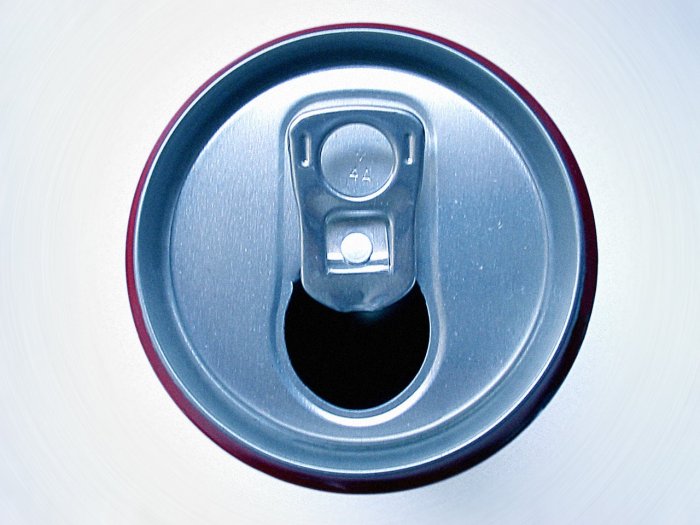
In conclusion, while complete gum regrowth isn’t always guaranteed, understanding the factors affecting gum recession and regrowth, coupled with proper medical and home care, can significantly improve your chances. This comprehensive guide provides a solid foundation for understanding and managing receding gums, enabling you to take proactive steps toward achieving healthy, vibrant gums. Remember, regular dental checkups and a dedicated commitment to oral hygiene are key to maintaining long-term gum health.
